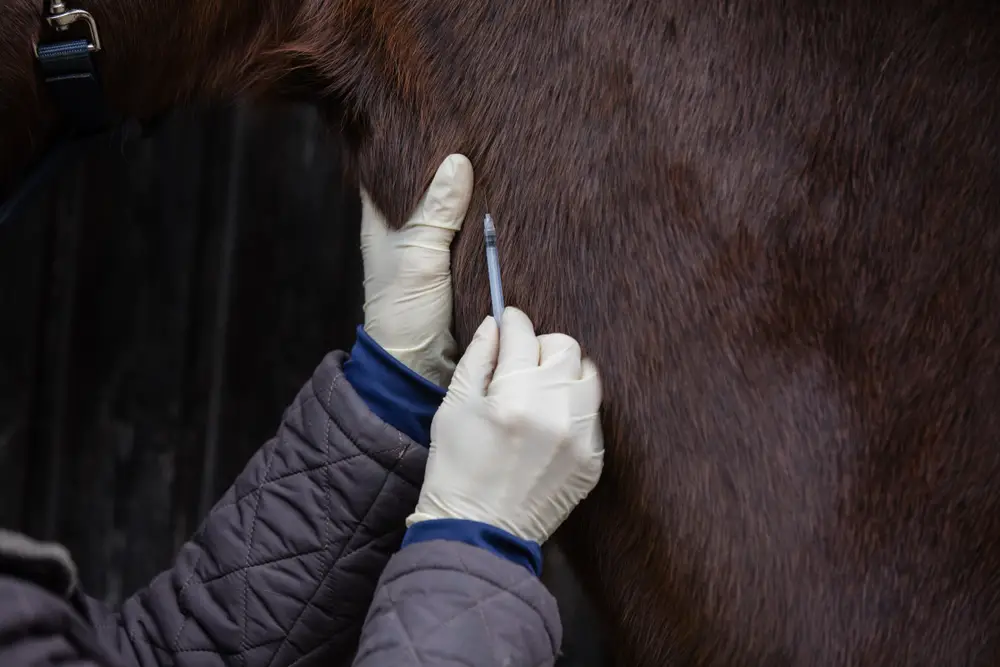Last Updated on February 21, 2022 by Allison Price
Leroy Coggins was the veterinarian who created the Coggins test in 1970 to detect antibodies against the equine infectious disease virus (EIA). Although there are many other approved tests for EIA, the Coggins test is the best.
Horses can remain infected with EIA for the rest of their lives if they are infected. Horse infections are rare and incurable. There is no vaccine. The EIA virus belongs to the same family as the human immunodeficiency viruses. In the United States, only a few horses are infected per 10,000. The majority of cases are found in the states that border the Mississippi River and the southeast.

EIA virus spreads through blood from infected horses. Large biting insects like horseflies or deerflies are the main vectors of this virus. Blood-contaminated needles and surgical instruments can also spread the virus. EIA has been reported in cases where blood products (such as plasma) were taken from infected horses and given to others.
EIA can be manifested as fever, lethargy and edema. While some horses will die from the disease, most horses infected with EIA will remain chronically asymptomatic carriers. Asymptomatic carriers are able to recover and will not show any clinical signs of EIA, unless the virus becomes mutated or the horse becomes immunosuppressed. Active clinical signs will return in horses, and the virus levels in their blood will increase. Because they can remain infected throughout their lives, asymptomatic carriers are the reservoir for EIA infection. They may occasionally have enough viral loads in their blood to infect other horses, if they are bitten or eat on deerflies or horseflies.
Negative Coggins tests must be performed for certificates of veterinarian inspection. They are also required when horses are comeled at racestracks, shows, or trail rides in order to stop the spread of EIA.


